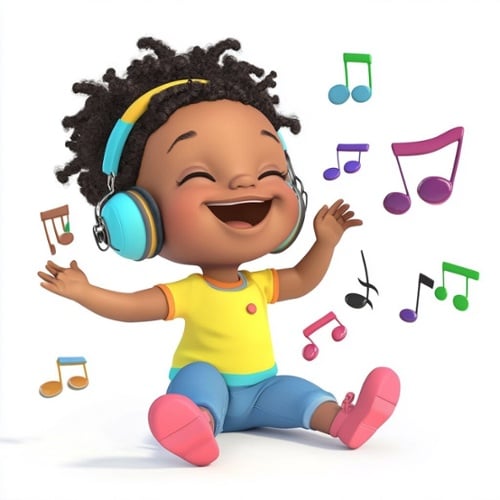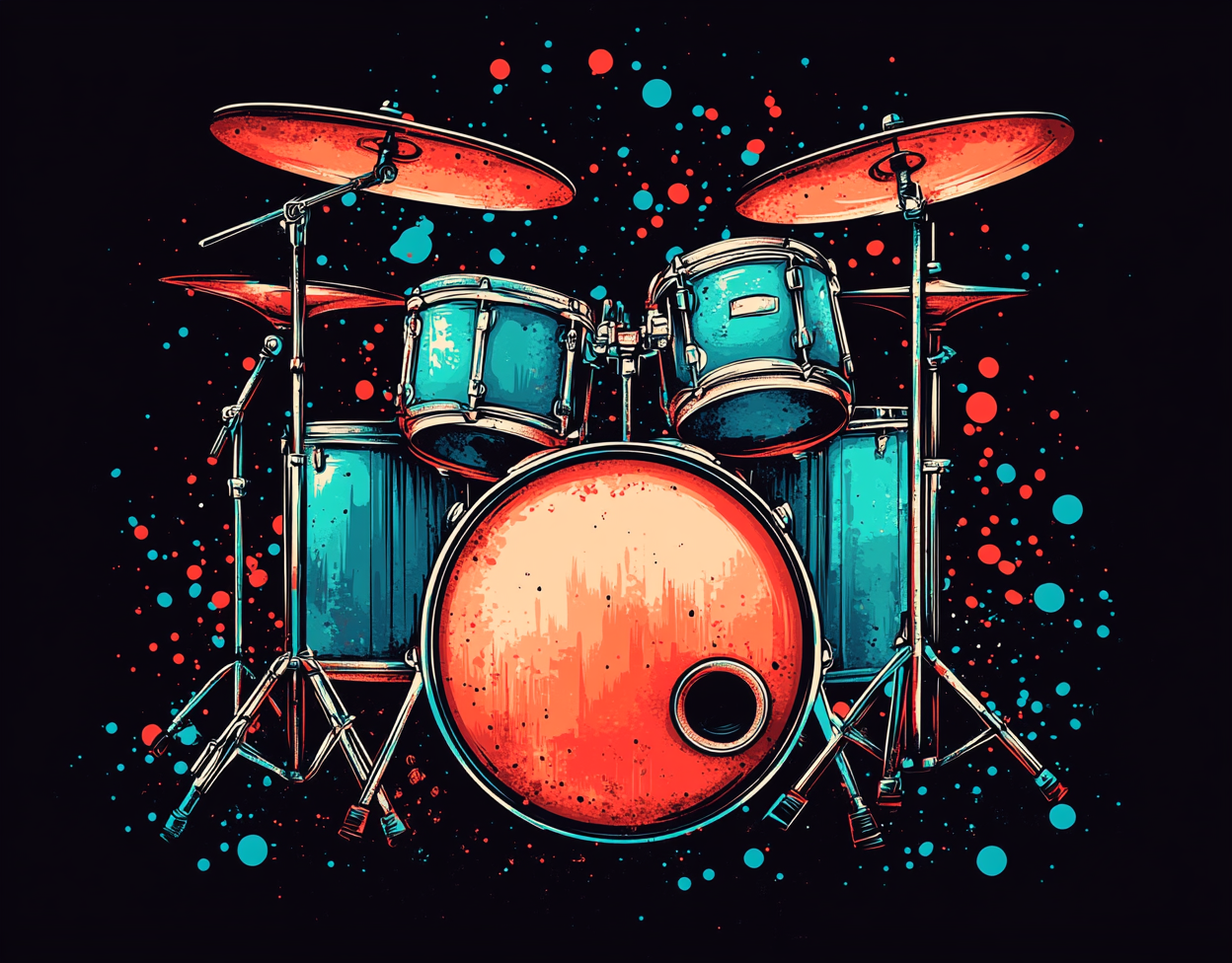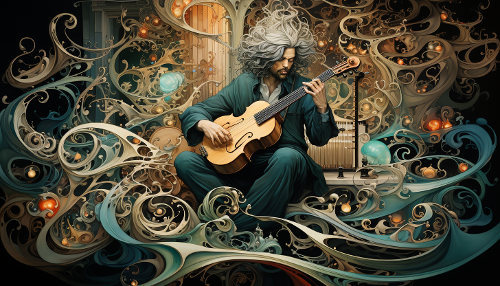Hello everyone, I am Jason Mellet from Camps with Friends, an online platform that offers a vast directory of summer camps and enrichment programs for kids across the nation. In our spotlight today, we have Anchi, a performer from the Chinese Music Ensemble of New York who enchants audiences with the Erhu.
Q: Anchi, why not introduce yourself and present us with your instrument?
A: Hi, so this is an Erhu, a two-stringed instrument originating from Mongolia and later embraced by Chinese culture. The sound box, constructed of Python skin, resonates when played, and the bow, nestled between the two strings, generates the sound. The idea of this design originated from the Mongolian horseback riders so that they would not lose the bow while playing. This instrument is quite typical back home and it's something I've been playing since my childhood.
Q: It would be fantastic if you could give us a small performance on the Erhu. We may not hear it perfectly but we can overlay the sound later for everyone to enjoy.
A: Sure, did you hear that? Sometimes the sound doesn't translate well over Zoom, but I'm glad you enjoyed it. This particular one was custom-made for me from antique redwood furniture by a modern-day instrument maker. The Erhu, in general, requires a special kind of wood and eight specific parts. This particular design represents a person with a moon and two stars. Typically, the head of the Erhu features a carved shape but I opted for a swirling cloud where the music can freely flow.
Q: That is absolutely fascinating. Now, can we dive more into the Chinese Music Ensemble of New York and the reason behind its existence?
A: Of course. The Chinese Music Ensemble of New York was founded around 62 years ago, in 1961, by two Chinese immigrants from Hong Kong, and two from Taiwan. They shared a deep passion for music, common among Chinese people, as training in music, poetry, arts, and literature is considered an integral part of developing well-rounded individuals in our culture. These founders established a 501(c)(3) organization, and over the decades, we've been fortunate to receive funding and grants from the New York State Council of the Arts, the city of New York, and the National Endowment of Arts. It's not always a huge amount, occasionally only a few thousand dollars, but these funds have been vital in supporting our Ensemble throughout the years.
Q: Anchi, it seems like your ensemble has received financial support from various sources, including private individuals and donations from concerts. Can you share how you utilize these funds?
A: Yes, we primarily use the funds we receive from New York State and New York City to offer high-quality concert hall level music. The Chinese Music Ensemble of New York is the only large-scale non-children and non-Chinese school-type orchestra in North America specializing in large orchestra music. Our members, numbering between 40 to 80 when on stage, play symphonic and orchestral music. Two-thirds of our members are professionally-trained musicians, although some have other jobs to support their livelihood since being a full-time musician can be financially challenging. The remaining one-third, like me, are amateurs with regular jobs outside of the music industry, including professors, engineers, lawyers, doctors, and investment bankers.
Q: Can you tell us more about your membership and if you've experienced any significant milestones or concerts over the years?
A: I joined the ensemble in 1988, and many of our members have been with us for a long time. Occasionally, we have members who only stay for a few years due to other commitments. We typically hold two grand concerts each year, one in a prestigious concert hall, like our 60th anniversary concert held in Carnegie Hall's Zankel Hall. The concert featured a 70-member orchestra and filled all 700 or 750 seats despite taking place just six months after reopening due to COVID-19 restrictions.
Q: Apart from the Erhu, can you give a brief history of some of the other instruments and their role in the ensemble?
A: Certainly. Our mission in the Chinese Music Ensemble of New York is to bring this unique style of music and diverse array of instruments to the world. In our orchestra, we have more than 30 types of instruments, including a variety of percussion instruments. The experience of listening to our music live, similar to theater, is incredibly different compared to hearing a recording.
Q: It's fascinating that about 60% of the instruments used in your orchestra are not invented or originated from China, but from various parts of Asia through the Silk Road centuries ago. Can you elaborate further on your ensemble's musical style in relation to this historical context?
A: These instruments and musical genres traveled to China from different regions of Asia over nearly 2,000 years. Interestingly, the tonality and styles of music that flourished in China during the Tang Dynasty (around the 6th to 8th or 9th century) included eight different styles, only two of which were indigenous to China. Many musical instruments and genres got lost within their native regions, but we managed to preserve remnants of their influence in our repertoire.
Our ensemble views our collection of musical styles, elements, and instruments as a representation of global music from the past — not just Chinese music — but a broader Asian heritage that we are eager to share. We consider our mission analogous to the influx of musicians bringing their instruments and music to China centuries ago. Except in our case, we're bringing our music and instruments westward to a global audience.
Q: You mentioned, Anchi, your ensemble took some steps to train the younger generation in 2023. Can you provide more detail about this initiative?
A: Absolutely. We realized it was important to invest in developing a youth orchestra and educating the younger generation in this artform. We're not necessarily aiming for them to become concert musicians strictly, but we do believe in creating exposure and initiating programs where children can learn from scratch. We've launched three sessions, each comprising ensemble performances and several lessons, and we've been receiving positive feedback from both students and parents. Our aim is to gradually cultivate an appreciation for this unique style of music among youth from all types of cultural backgrounds.
Q: It's great to know that your program extends beyond physical classes and includes opportunities for students to learn remotely. Can you elaborate further on how these online classes work, especially during the pandemic?
A: Certainly. While our physical orchestra program is based in New York City, we do offer online classes led by our instructors. We've had successful teaching experiences online, particularly over the course of the pandemic. Despite initially not expecting to be running classes online for over two years, we found that many of our students adapted well to the digital format. We've been able to conduct our instruction utilizing platforms like Zoom and FaceTime.
Q: I'm interested in learning more about your specific instrument, Anchi. Can you provide an overview of its history and significance within the ensemble?
A: My instrument belongs to the string family in the Chinese orchestra. Our orchestra includes stringed, wind, plucked, and percussion instruments - a notably different assortment compared to Western symphony orchestras, which exclude plucked instruments due to their effect on harmonic sound.
While the instrument I play — the Erhu — has been known since early BC, it wasn't regularly used in concert settings until the 9th century. Yet, it took another 500 years for it to become a regular member of the Chinese ensemble. Some instruments, like the pipa (a plucked instrument from Persia), integrated more rapidly, gaining popularity in a span of two to three hundred years. Conversely, the cello is the newest addition to the Chinese orchestra, having been introduced to Chinese musicians only in the early 20th century and became a regular orchestra member by the 1930s and 40s.
These variations in instrument integration showcase the rich evolution in the Chinese orchestra over the centuries and the acceptance of a diverse range of sounds and characteristics.
Q: Remarkably, your ensemble incorporated the cello and double bass in a relatively short frame of 30 years. Can you tell us about your upcoming programs that followers and newcomers can look forward to?
A: We frequently offer individual lessons that cater to a variety of instruments, each taught by highly skilled instructors. These sessions can happen either in-person or online, depending on what works best for you or your children. These lessons are suitable for both adults and children.
Another program we are excited about is our Youth Orchestra Training Program. This program, designed for children eight years and older, allows them to start from scratch or continue from existing knowledge with their chosen instrument. Beginning in early January, we provide weekly, two-hour instrumental training sessions every Sunday morning. Beyond simply practicing their chosen instrument, students will also get to play as part of an ensemble. The program, consisting of ten sessions, culminates in a recital where students can demonstrate what they've learned over the past nine weeks to their parents and friends.
The cost for this program is $150 for the ten sessions. However, we strive to make this program accessible to everyone, and therefore have scholarships available for families with financial hardships. We believe that everybody should have the option to benefit from these lessons, and we strive to accommodate each student as best we can.
Q: It sounds like you're doing meaningful work on multiple fronts. How can parents find more information about your programs?
A: If they search for the "Chinese Music Ensemble of New York”, they'll find our official website. There, they'll find details about our Youth Program as well as contact information and more. We have separate mailboxes monitored by our volunteer administrators for youth and general orchestra inquiries to ensure swift responses to all of our followers' needs.
Q: That’s great. Is there anything else you’d like to add?
A: Yes, we also encourage interested parties to check out campswithfriends.com and search for our programs if they're in the New York area. I’m thrilled to share about the Chinese music ensemble and I'm grateful for everyone's interest and support.
Thank you, everybody, and we look forward to seeing you in our next video.
In conclusion, the Chinese Music Ensemble of New York provides a rich blend of cultural tradition and modern approaches to learning music. This organization offers a unique peek into the remarkable diversity of the Chinese orchestra, pairing their profound respect for tradition with a progressive approach to modern music education.
Their adaptive teaching methods have demonstrated resiliency amid challenging times, making music learning more accessible through hybrid physical and digital learning experiences. The highly anticipated Youth Orchestra Training Program further exemplifies the organization’s commitment to music education. This innovative program not only introduces students to the technicalities of playing an instrument, but also immerses them in the cooperative spirit of an ensemble.
Moreover, true to their mission of inclusivity and accessibility, they offer financial assistance to those facing financial hardships, making the enriching experience of music learning available to all.
Their dedication to keeping the tradition of Chinese music alive coupled with their progressive approach to education makes the Chinese Music Ensemble of New York a gem in the world of music. Overall, the organization sets an inspiring example by using music as a tool to cultivate community, nurture talent.
Discover the magic of music at French Woods' Sleepaway Music Camp in NY State
Read more about Performing Arts Theater Adventures.




